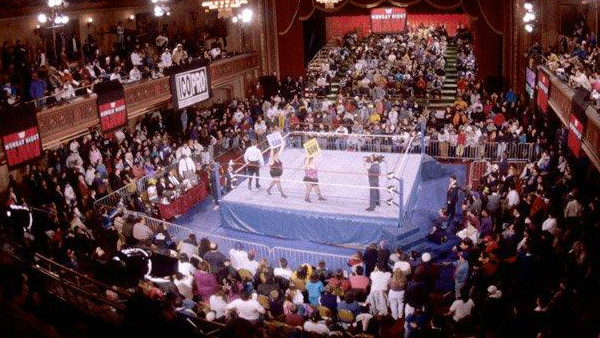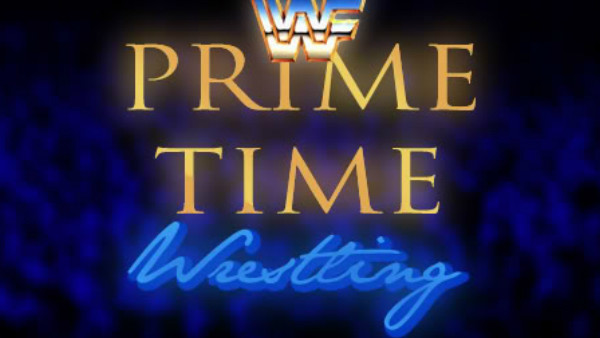10 Things We Learned From Bruce Prichard’s Creation Of WWE Raw Podcast
No wonder Bam Bam looked angry. He earned more on house shows...

Older fans must shudder when realising that Monday Night Raw is 25 years old. Way to make us feel like dinosaurs, WWE! Seriously though, it's amazing that a program only created to push the then-WWF away from in-studio chat shows or mind-numbing syndication is still going a full quarter of a century later.
Bruce Prichard was there at the very beginning, and he was only too willing to share the history of Raw on his 'Something To Wrestle With' podcast this past week. If you listen to the episode (and you really should), prepare to be delighted by all the juicy details WWE's revisionist history simply doesn't allow when citing Raw as the pinnacle of wrestling television.
Raw wasn't always intended to be the WWF's flagship. It was just another experiment. That doesn't mean Vince McMahon wasn't ready to put his all into making the new show a success. He was, but not even the WWE's patriarch could predict that Raw would still be going strong in 2018...
10. Raw Was Born Due To Cost-Cutting

Prime Time Wrestling was the show that Monday Night Raw replaced on the WWF weekly schedule. Vince McMahon had grown tired of the chat show format and, instead of reinventing the broadcast like he had before, the boss yearned for something different. Besides, he was sick of paying so much money for transport.
Vince also wanted more in-studio guests on Prime Time, but the fact house shows were going on made that nigh-on impossible. Working around Prime Time is something Bruce admitted was irritating everybody, so much so that the decision was made to move on. The general idea of this new venture was to make logistics easier and ease costs.
If the WWF shot a show live on the road each week, they'd theoretically be able to have more interview guests, feature more talent and make more money by selling tickets. That was all good in theory, but nobody took into account the cost associated with shooting in one primary location.